Leather is a material that has been used for centuries in human history and is preferred for its durability and aesthetic appearance. Leather is used in many areas from clothing to furniture, from automobile upholstery to accessories, and is of great importance especially in wholesale production. In this article, the details of wholesale leather production will be examined, and the processes, materials used and points to be considered will be discussed.
What is Wholesale Leather Production?
Wholesale leather production refers to the production of large quantities of leather products through fabrication processes. This process involves a series of steps such as processing, dyeing, shaping and transforming the raw leather into a final product. Wholesale production is usually carried out for large-scale trading companies, fashion houses and industrial establishments.
Wholesale Leather Production Processes
-
Rawhide Supply
The first stage of wholesale leather production is to obtain high quality raw leather. Leather is usually obtained from cattle and supplied by suppliers. The quality of the raw leather directly affects the quality of the final product. -
Tanning
Tanning is a chemical process carried out to prevent the rotting of raw leather and to increase its durability. With the tanning process, the leather is made more flexible, water-resistant and suitable for use. -
Dyeing and Softening
The color and texture of the leather determine the aesthetic properties of the product. At this stage, the leather is dyed to the desired color and softened. Various dyeing techniques can be used, including natural dyes and chemical dyes. -
Cutting and Shaping
The dyed leather is cut and shaped to be transformed into the final product. This stage varies depending on the type of product. For example, while leather is cut according to certain patterns for shoe production, a different cutting process is applied for bag production. -
Sewing and Assembly
The cut and shaped leather pieces are sewn and joined in a specific order. This stage is of great importance, especially in products that require hand workmanship. -
Quality Control
In the final stage of production, the leather products produced are subjected to a quality control process. During this process, the stitching quality, dye consistency and overall durability of the products are checked.
Things to Consider in Wholesale Leather Production
-
Selection of Quality Raw Material : The quality of the raw leather used in the production process plays a critical role in the success of the final product. High quality leather increases the durability and aesthetics of the products.
-
Environmentally Friendly Production : Using environmentally friendly methods during leather production is important both for brand image and compliance with legal regulations. It should be ensured that the chemicals used during tanning processes do not harm the environment.
-
Production in Line with Customer Needs : Wholesale production companies should offer customizable solutions that are in line with the needs of their customers. In order to increase customer satisfaction, production processes should be organized flexibly and in line with demand.
Frequently Asked Questions (FAQ)
1. What is wholesale leather production?
Wholesale leather production means the production of large quantities of leather products through fabrication processes. This process includes stages such as processing, dyeing, shaping and transforming the raw leather into the final product.
2. What types of leather are suitable for wholesale production?
The most common types of leather used for wholesale production are cowhide, lambskin and goatskin. Each has different properties and is selected according to the purpose of the final product.
3. How is quality control carried out in wholesale leather production?
Quality control is carried out at the end of the production process and the products are checked for stitching quality, dye consistency, durability, etc. This process ensures the quality of the final product.
4. Is it possible to produce environmentally friendly leather?
Yes, eco-friendly leather production is possible. Environmentally friendly production can be achieved by using natural dyes, wastewater treatment systems and sustainable tanning methods.
Conclusion
Wholesale leather production is the process of producing high-quality and durable leather products on a large scale. The right raw material selection, effective production processes and solutions that suit customer needs are the keys to success in this field. Adopting a sustainable approach with environmentally friendly production techniques will provide great advantages to brands in the long run.
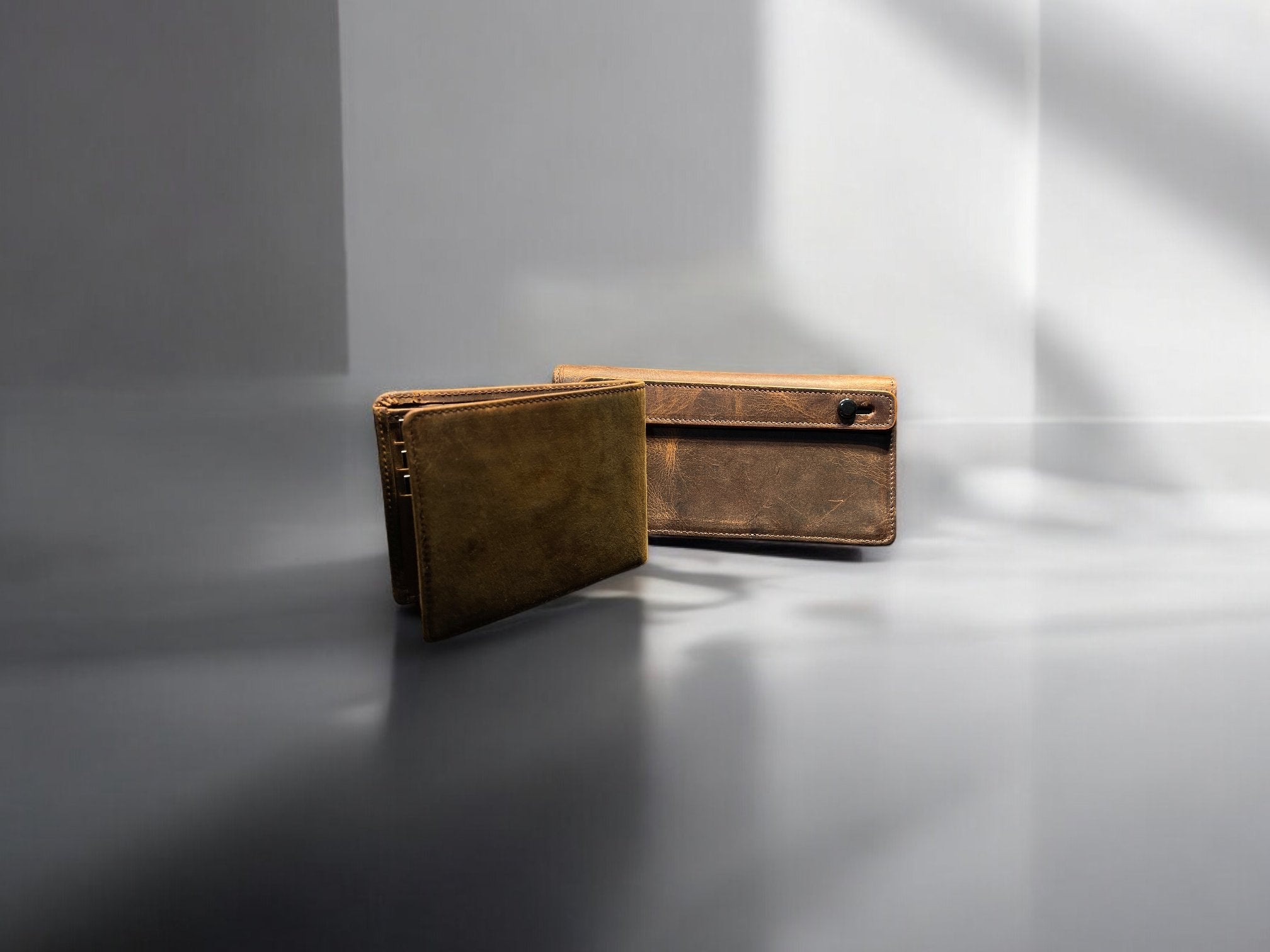
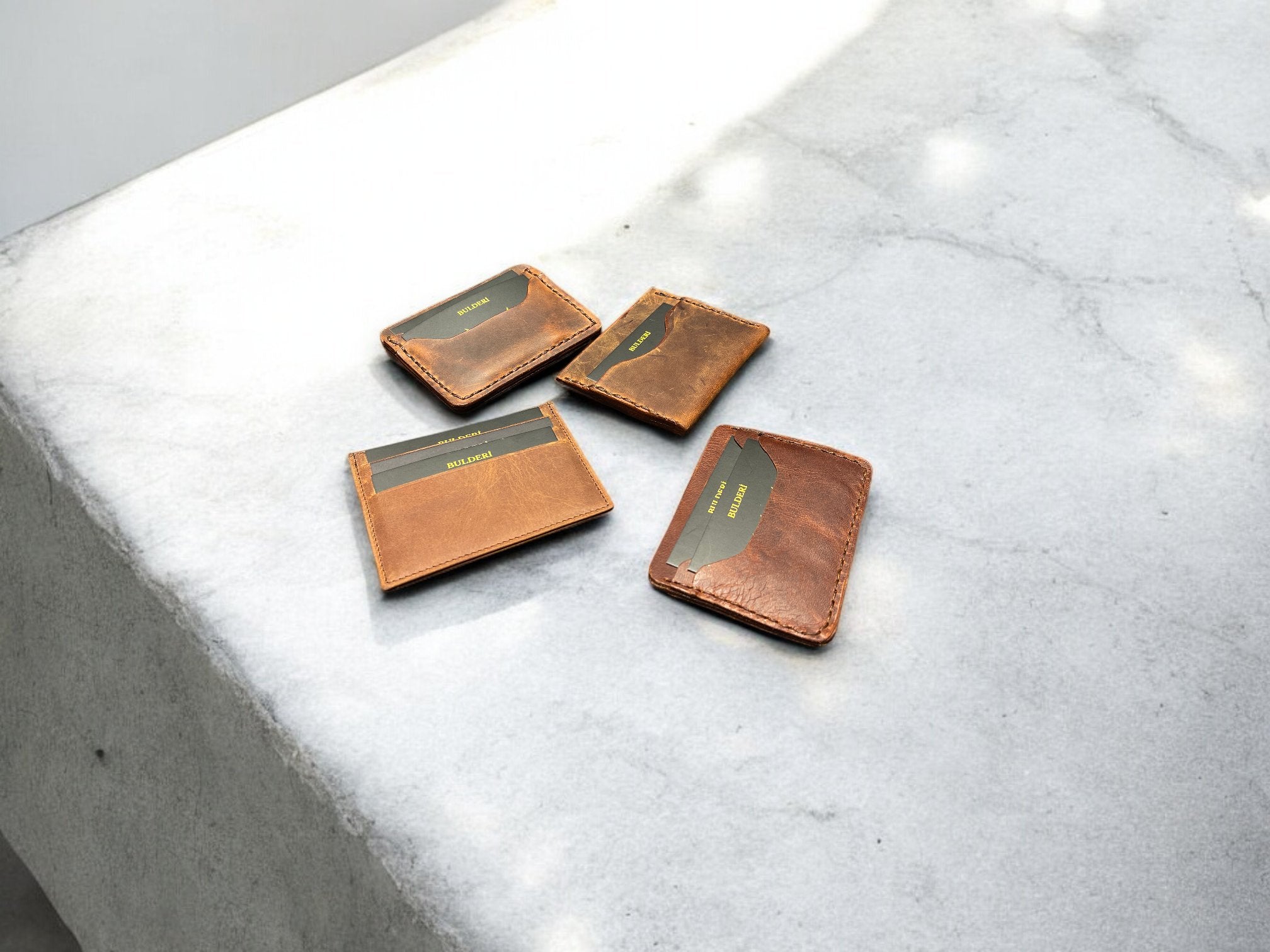
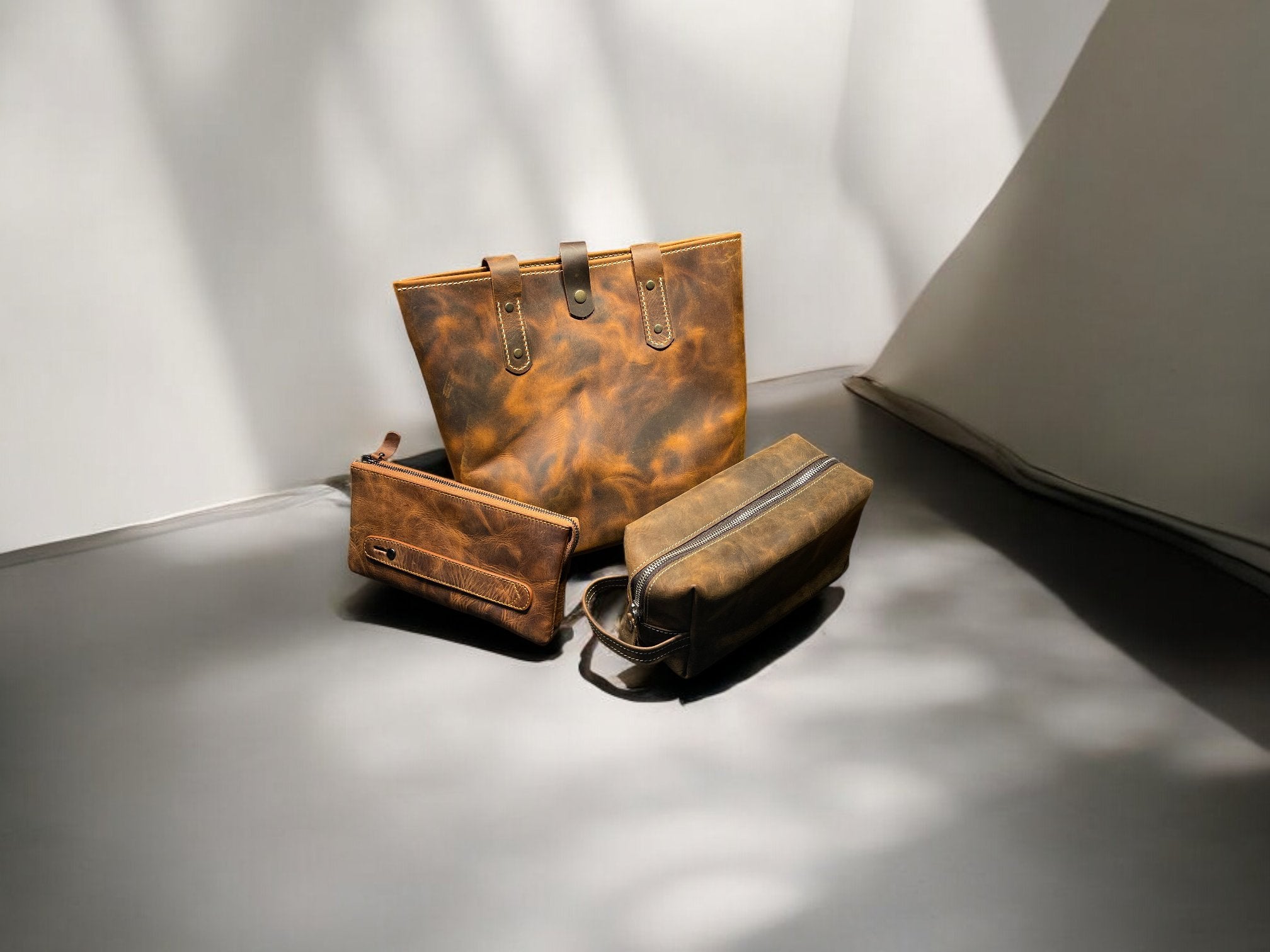



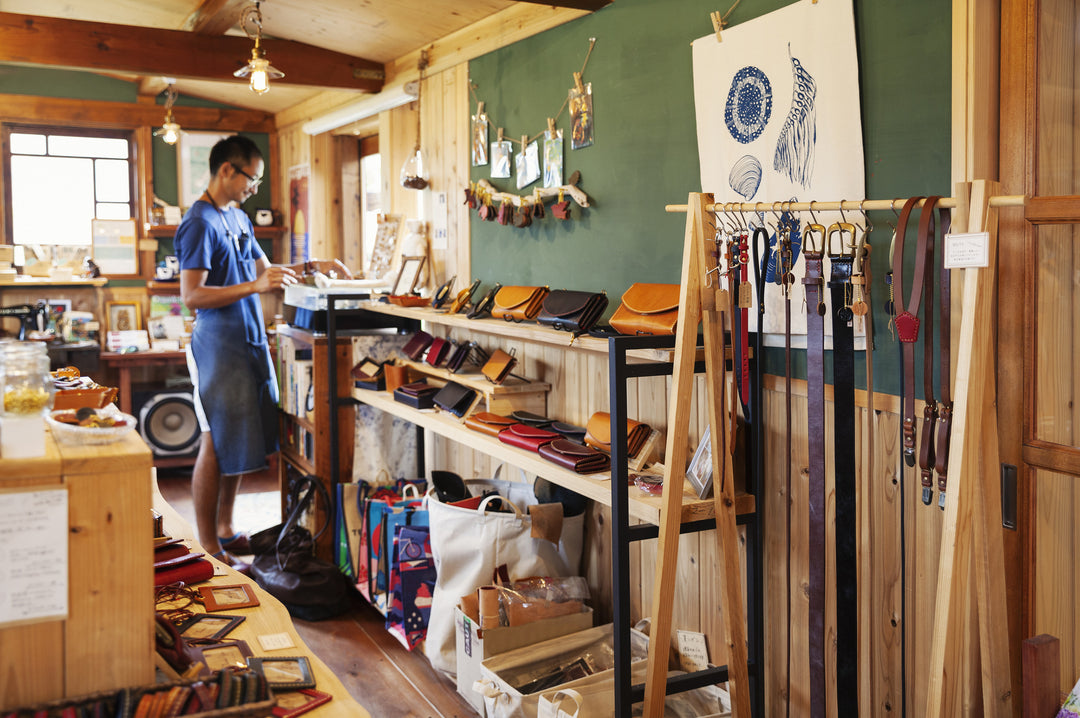
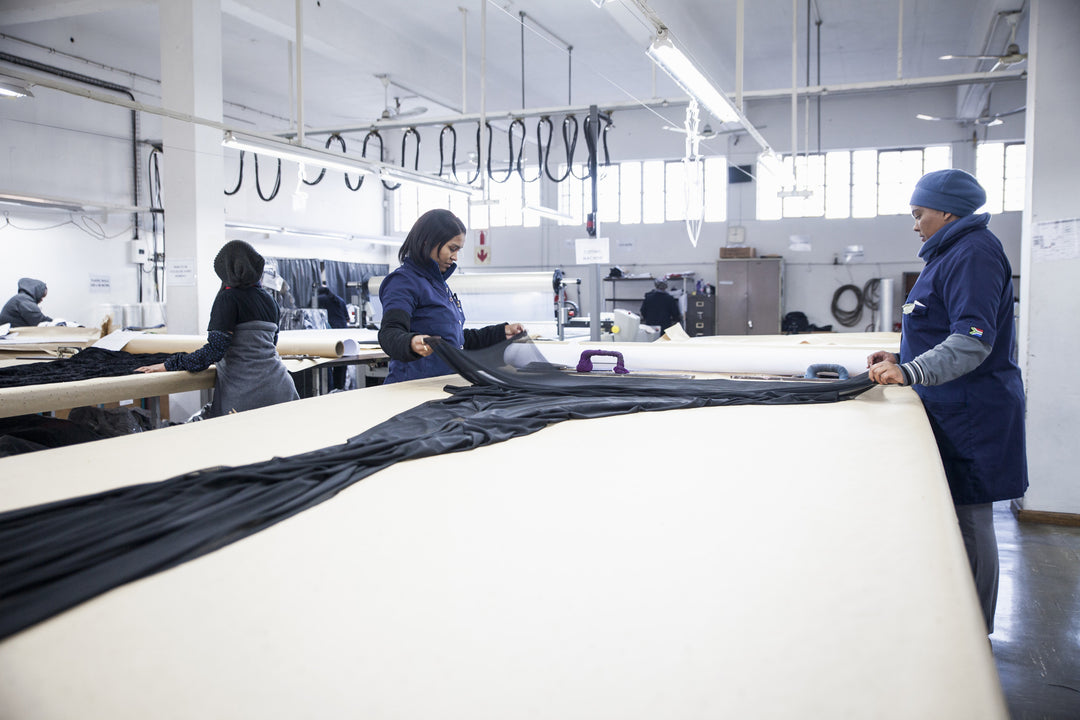
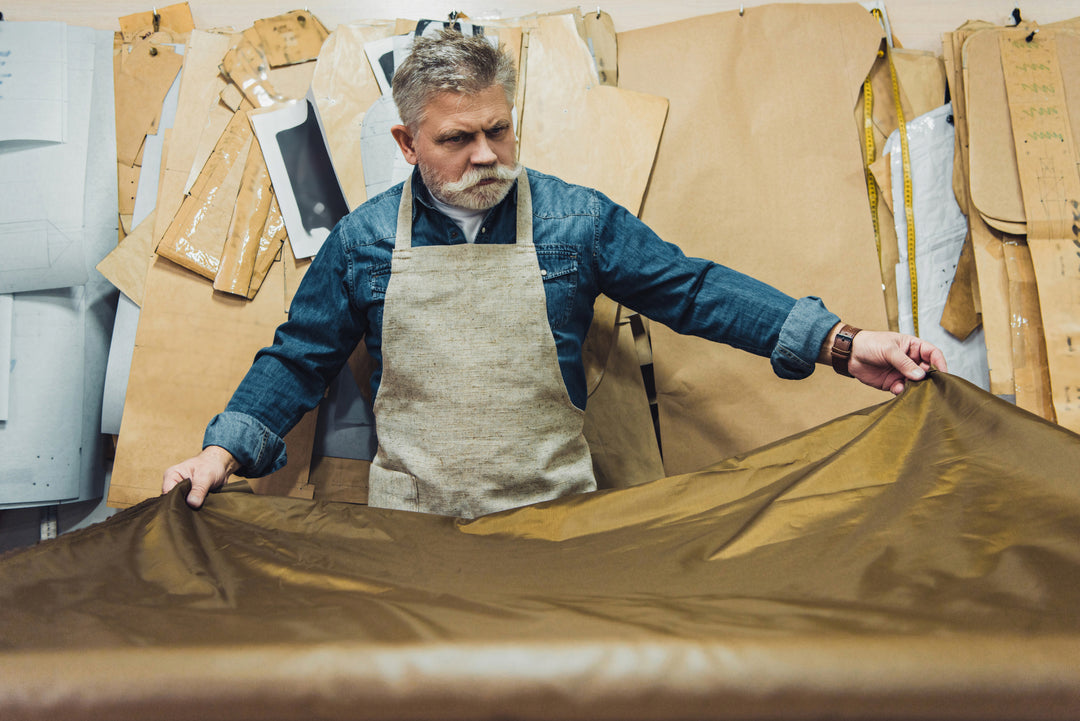
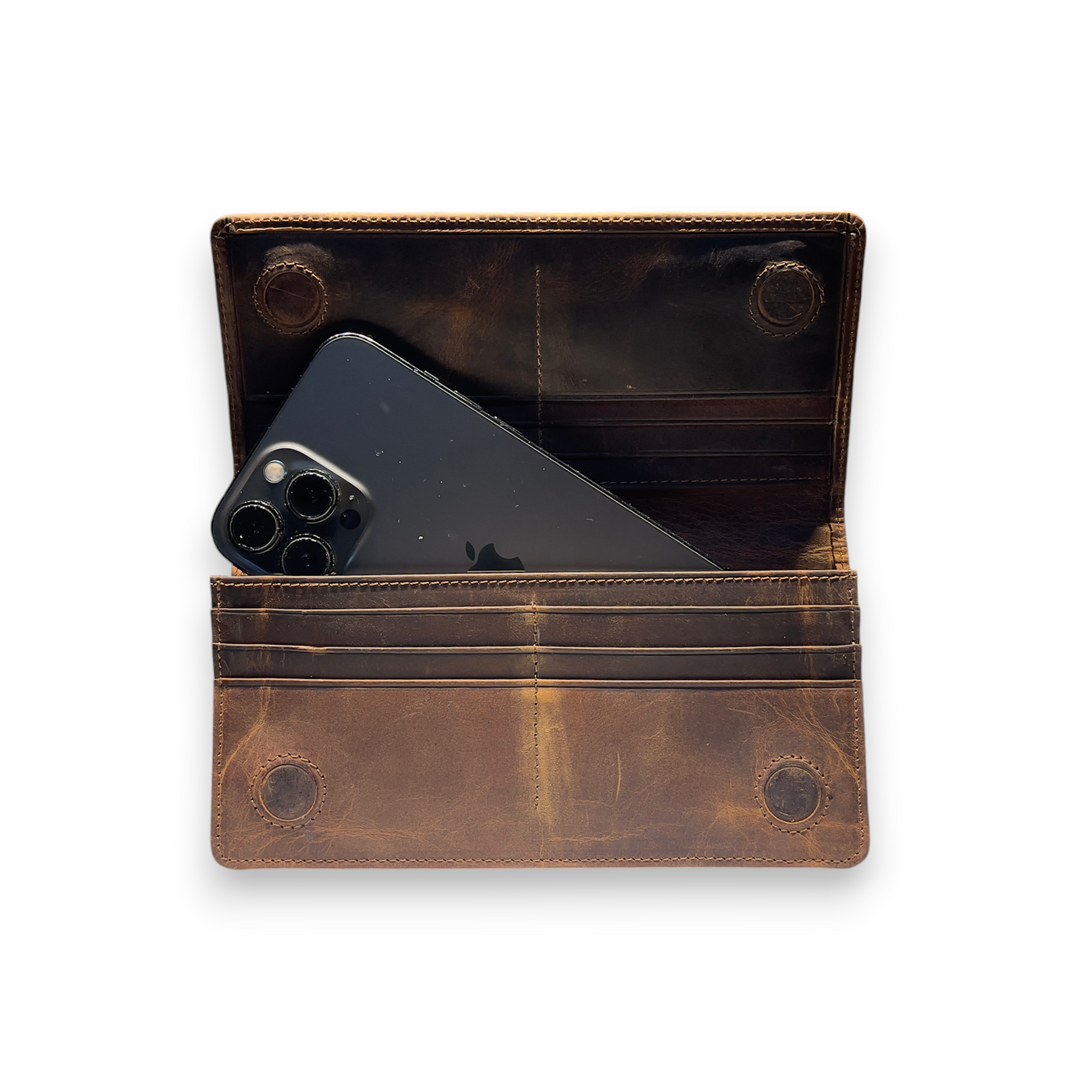
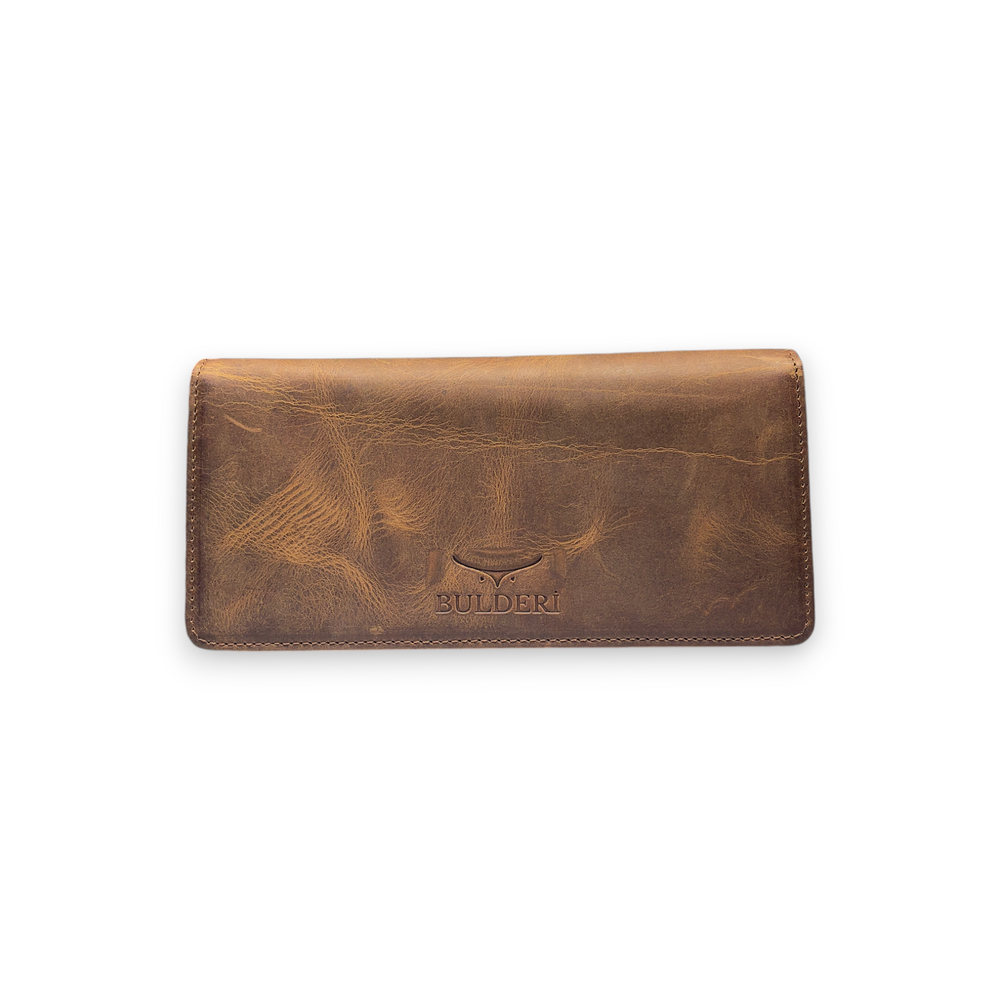
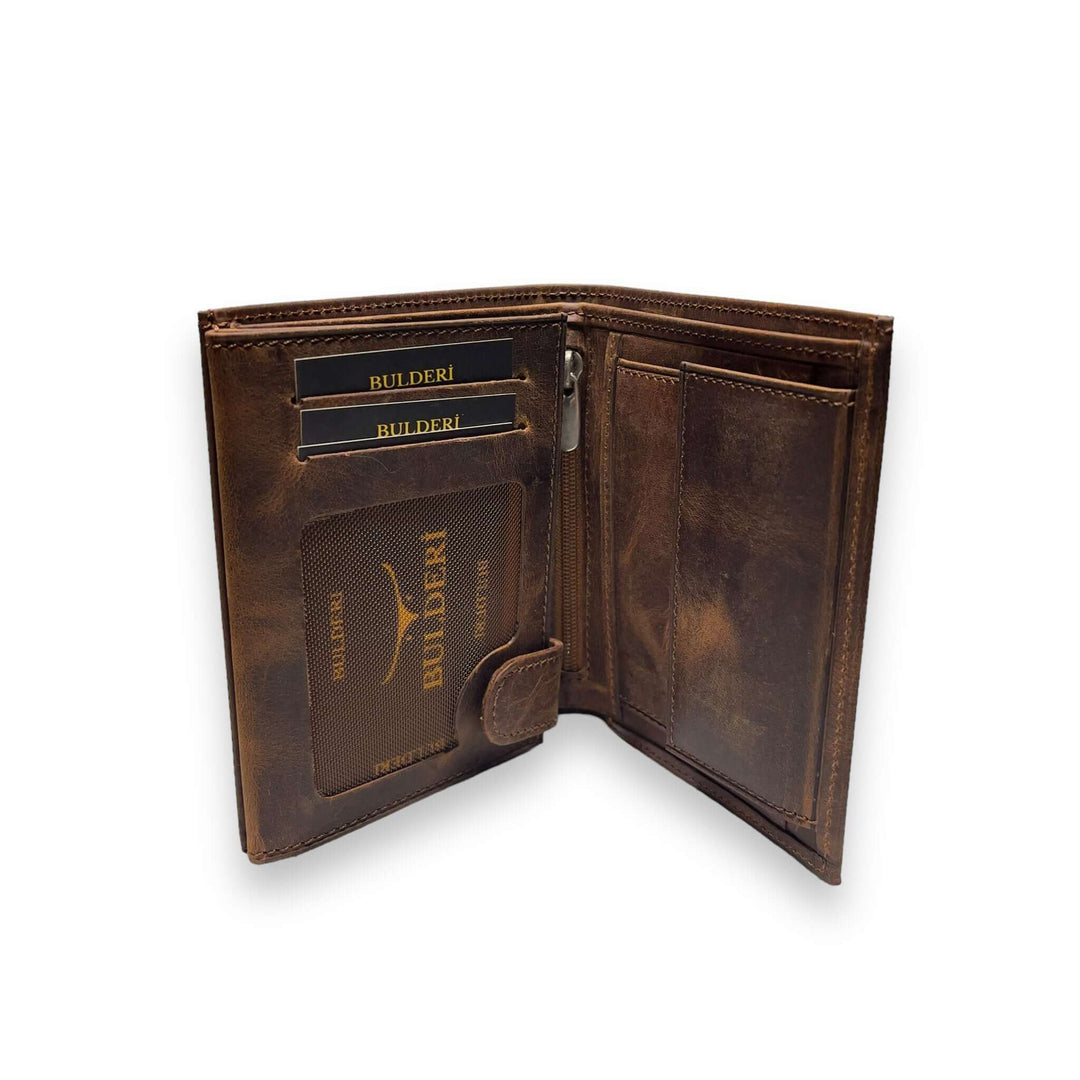
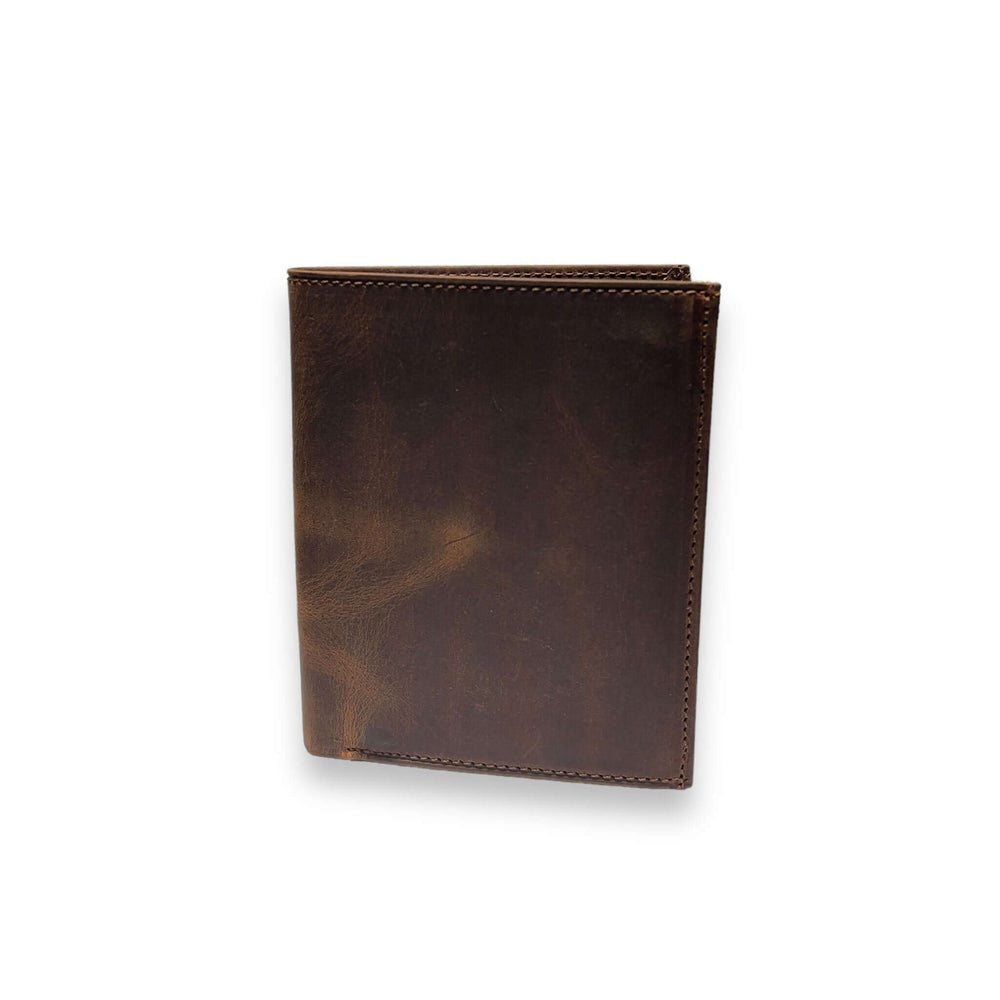
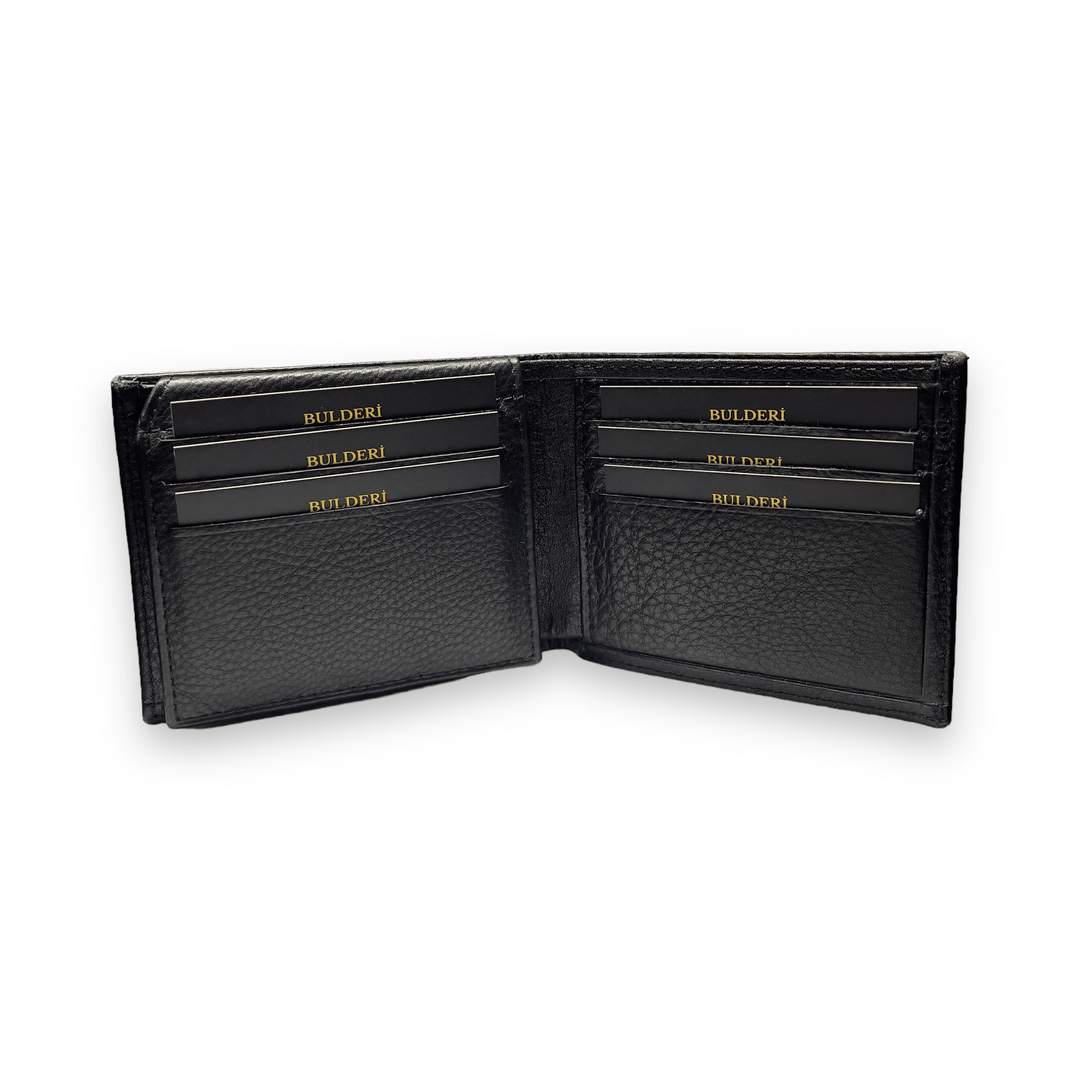
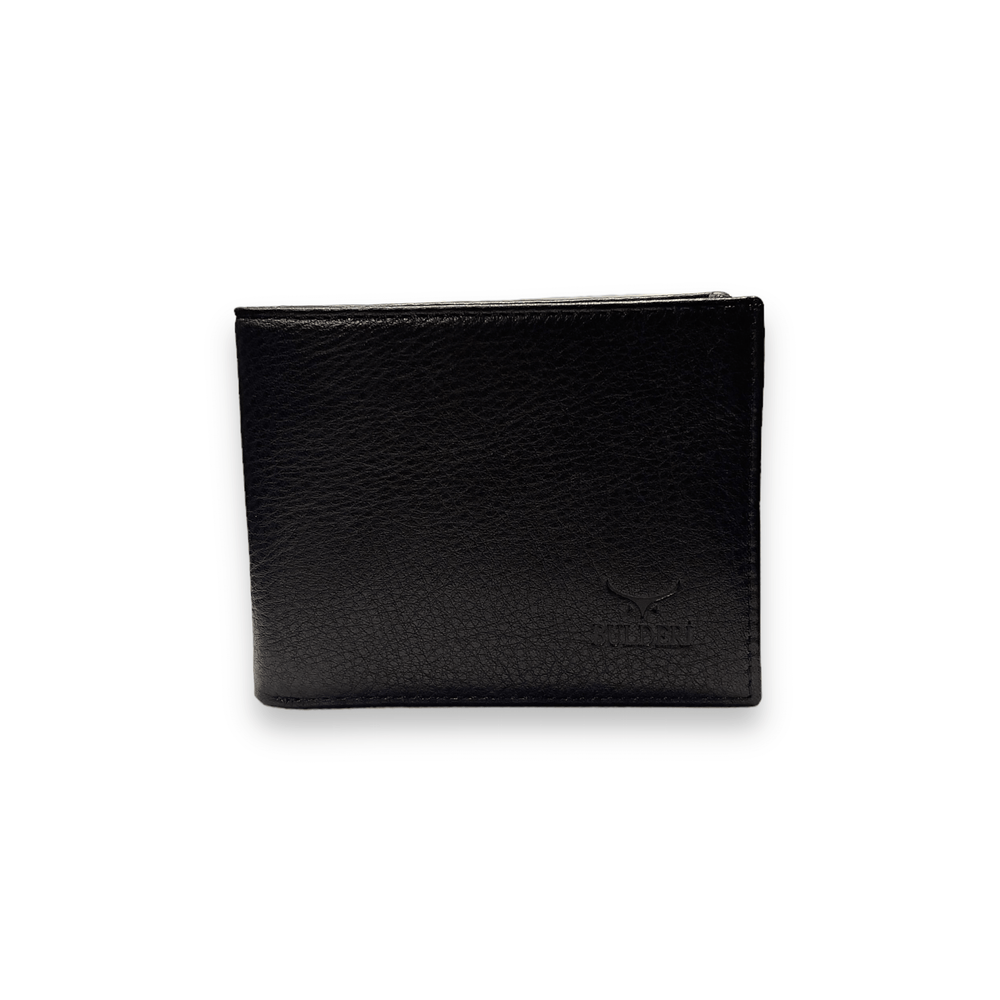

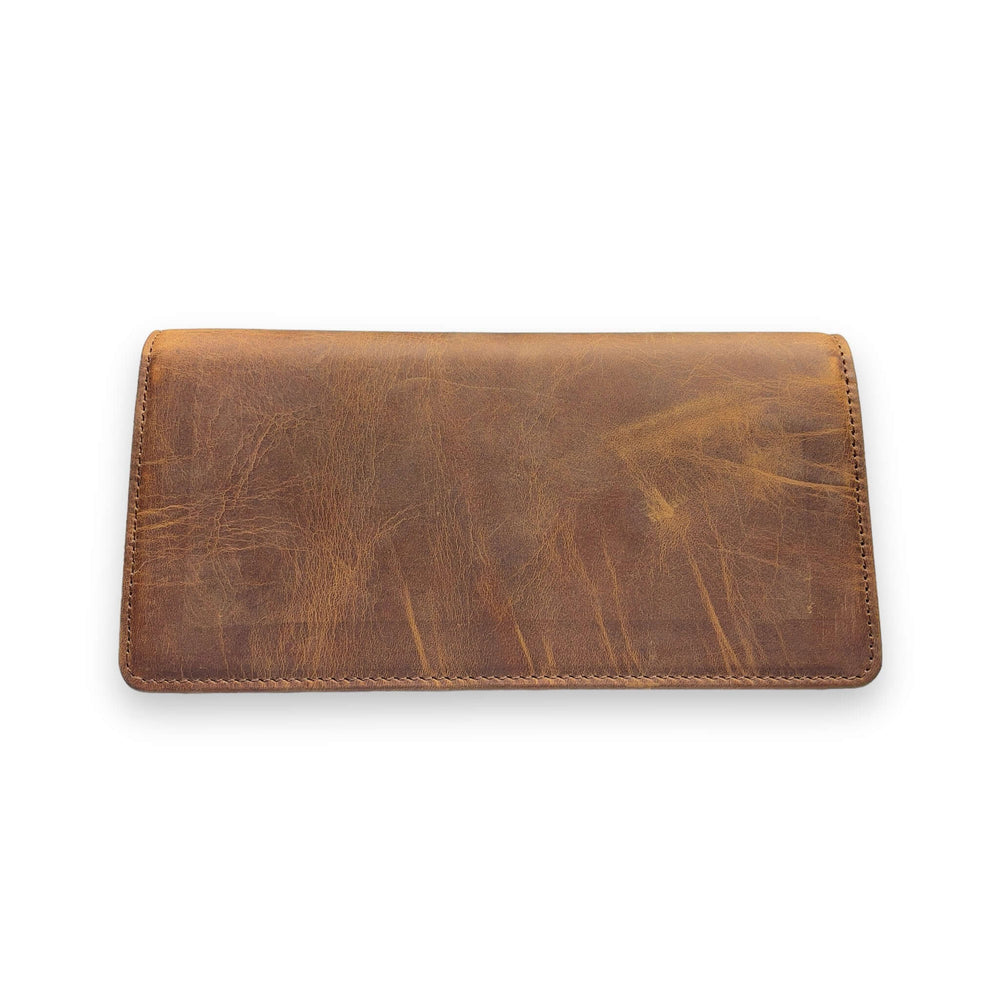
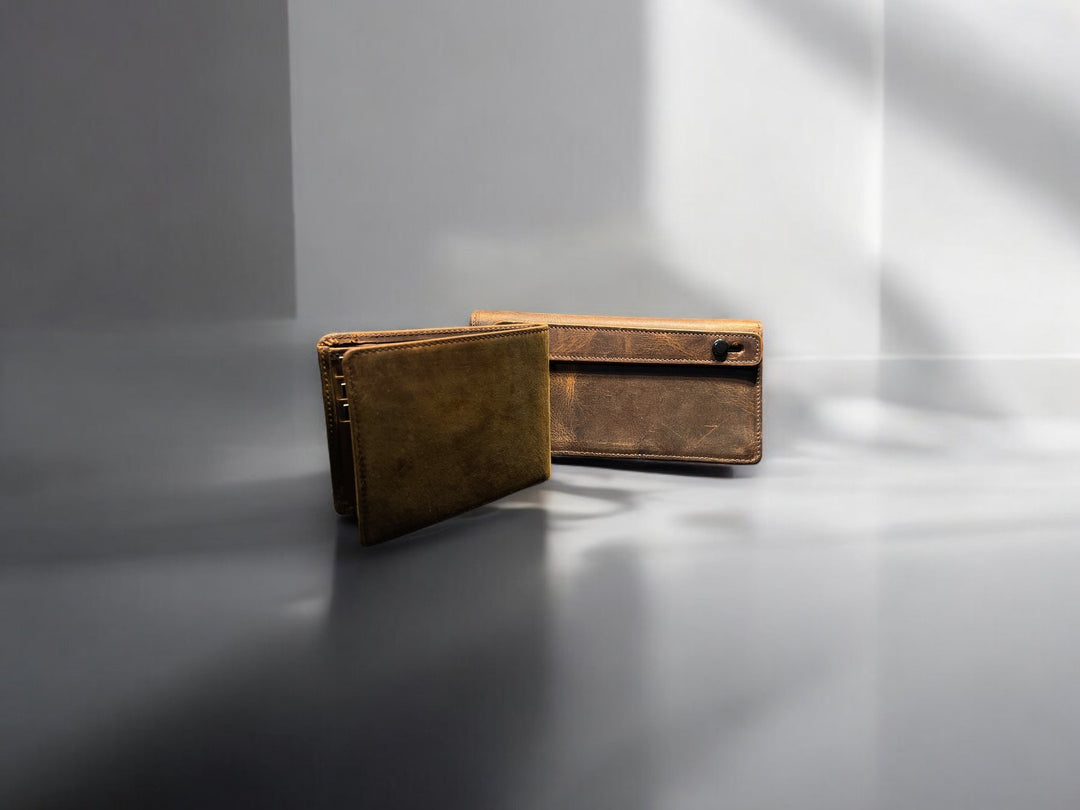
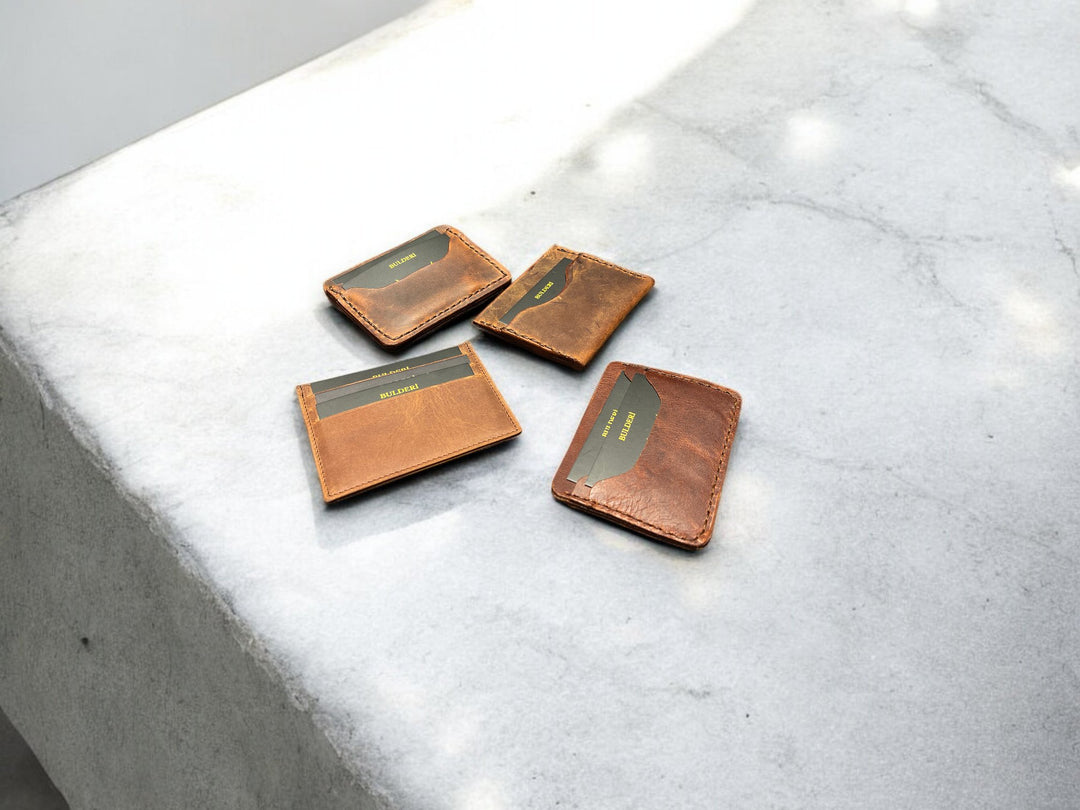
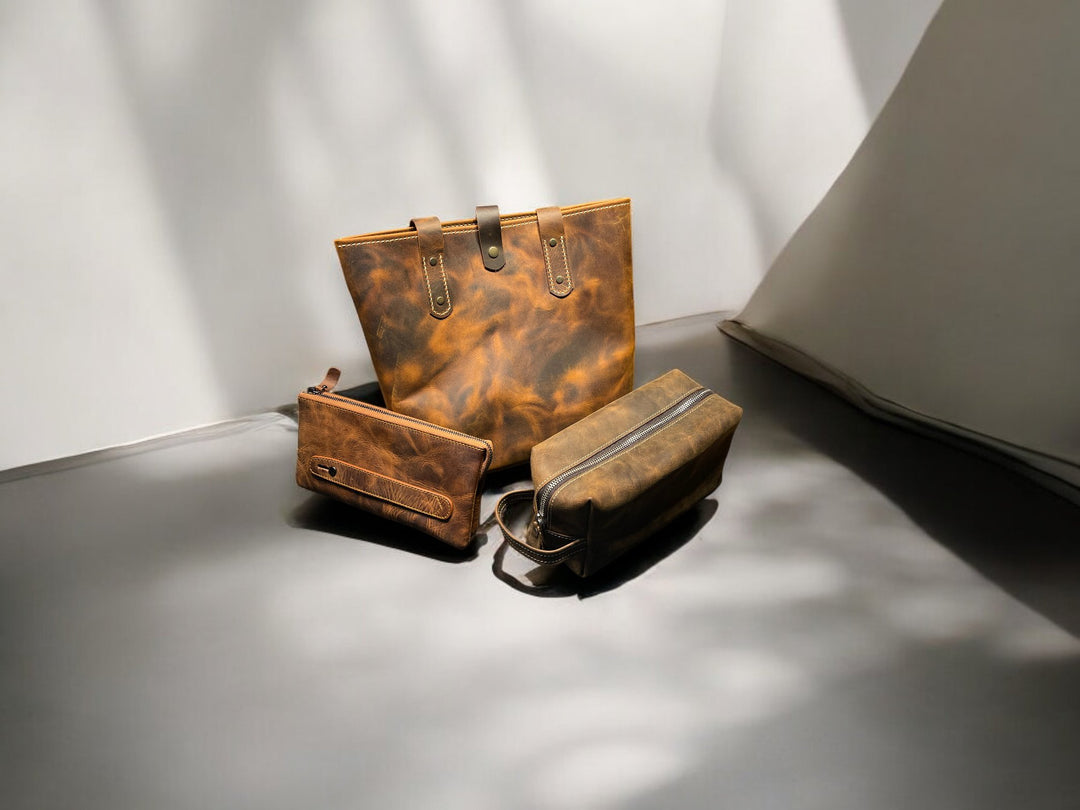
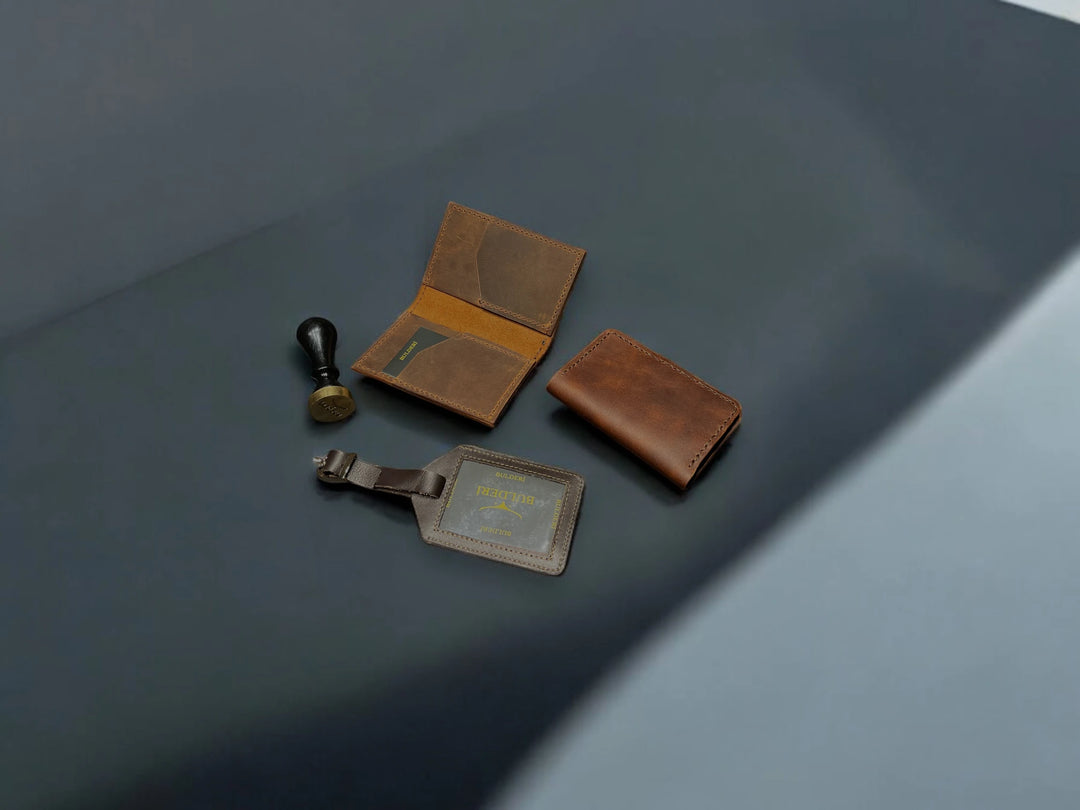
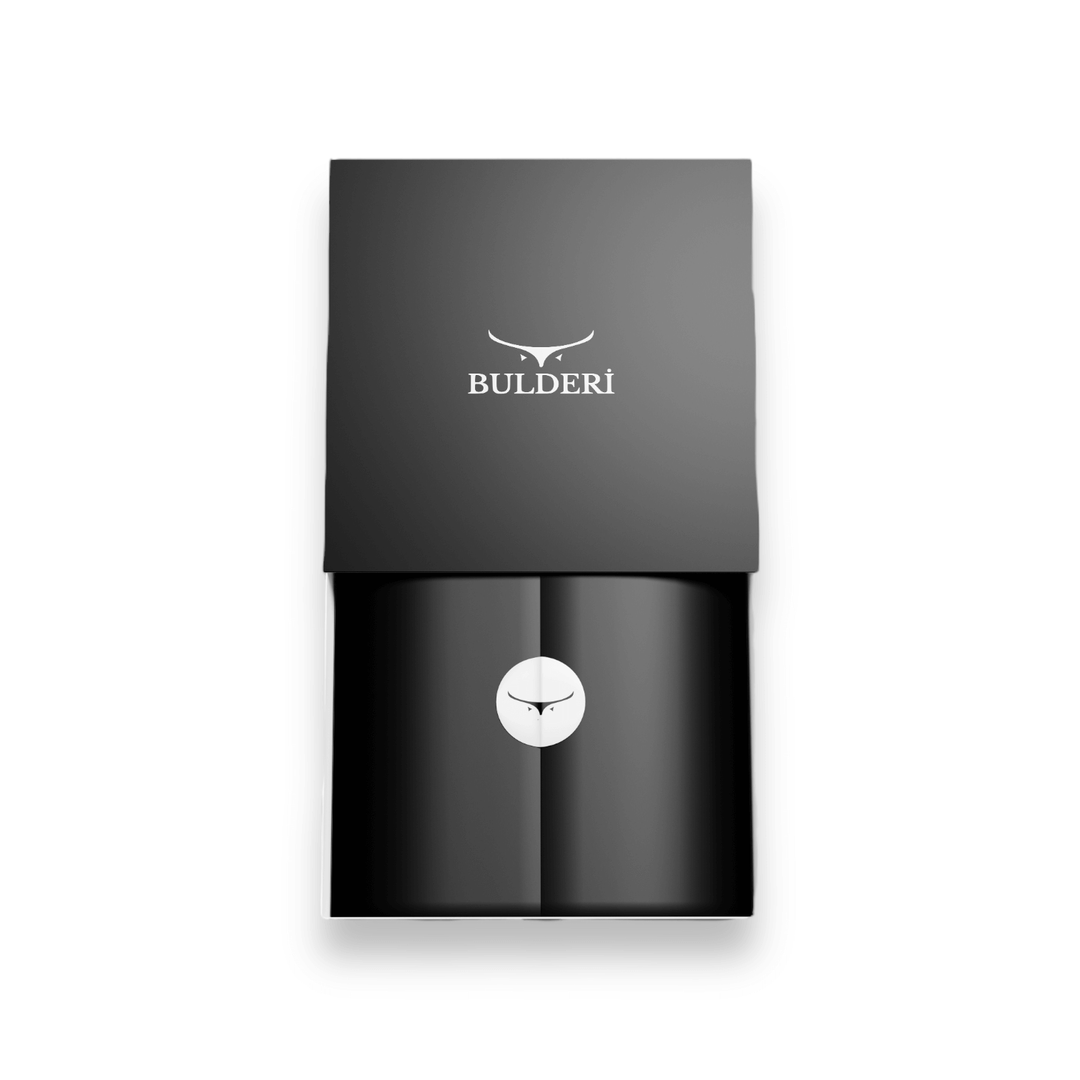
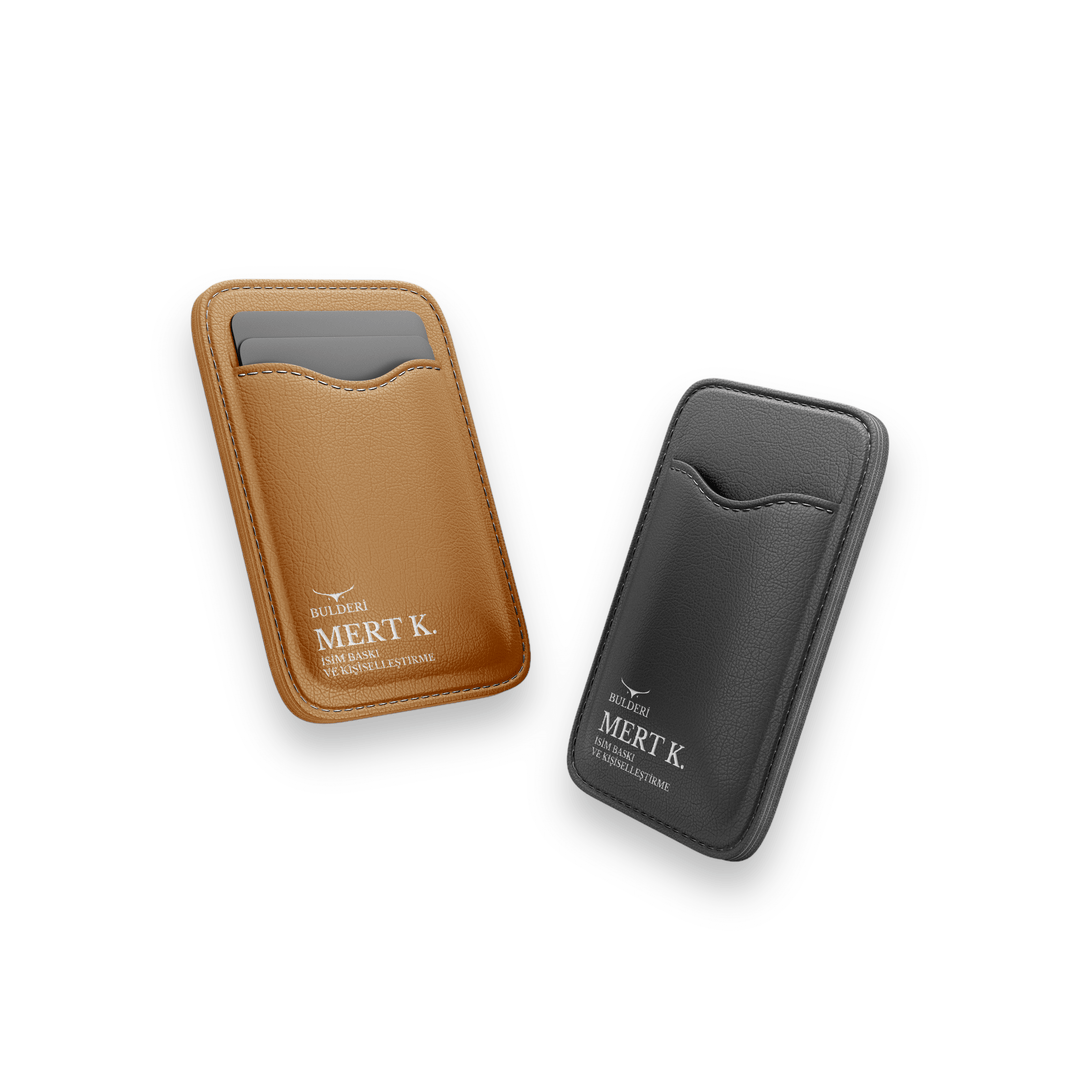
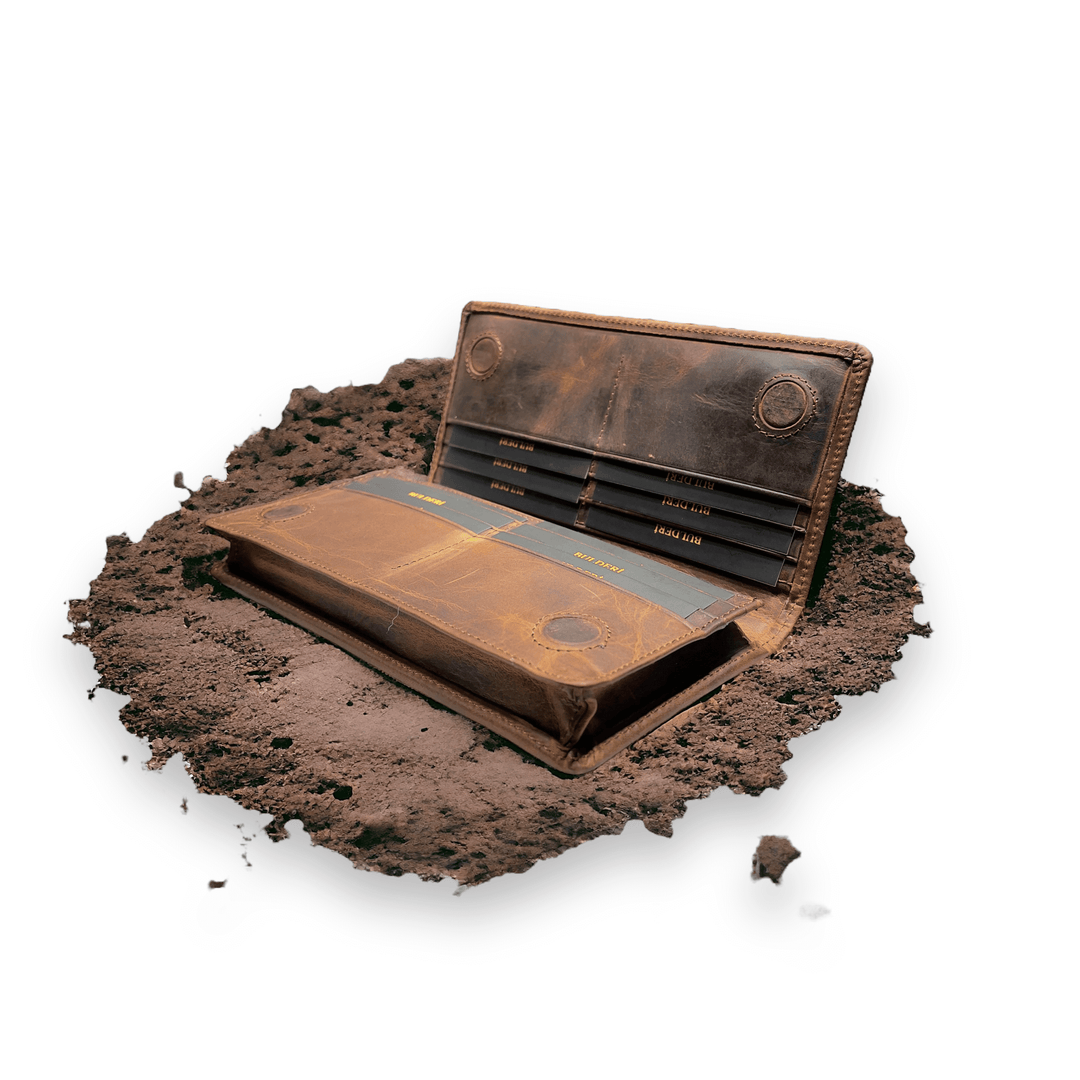
Leave a comment